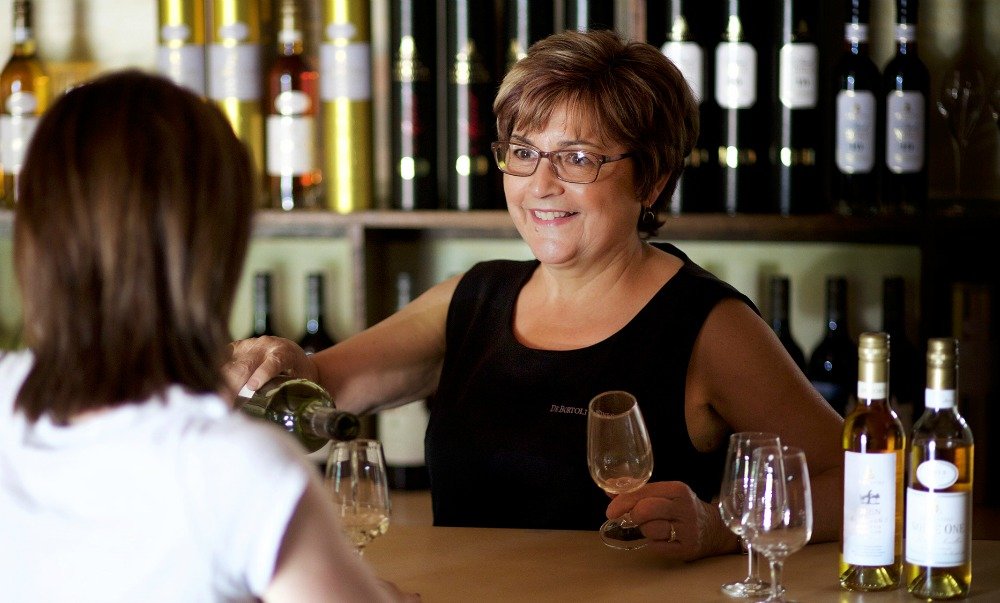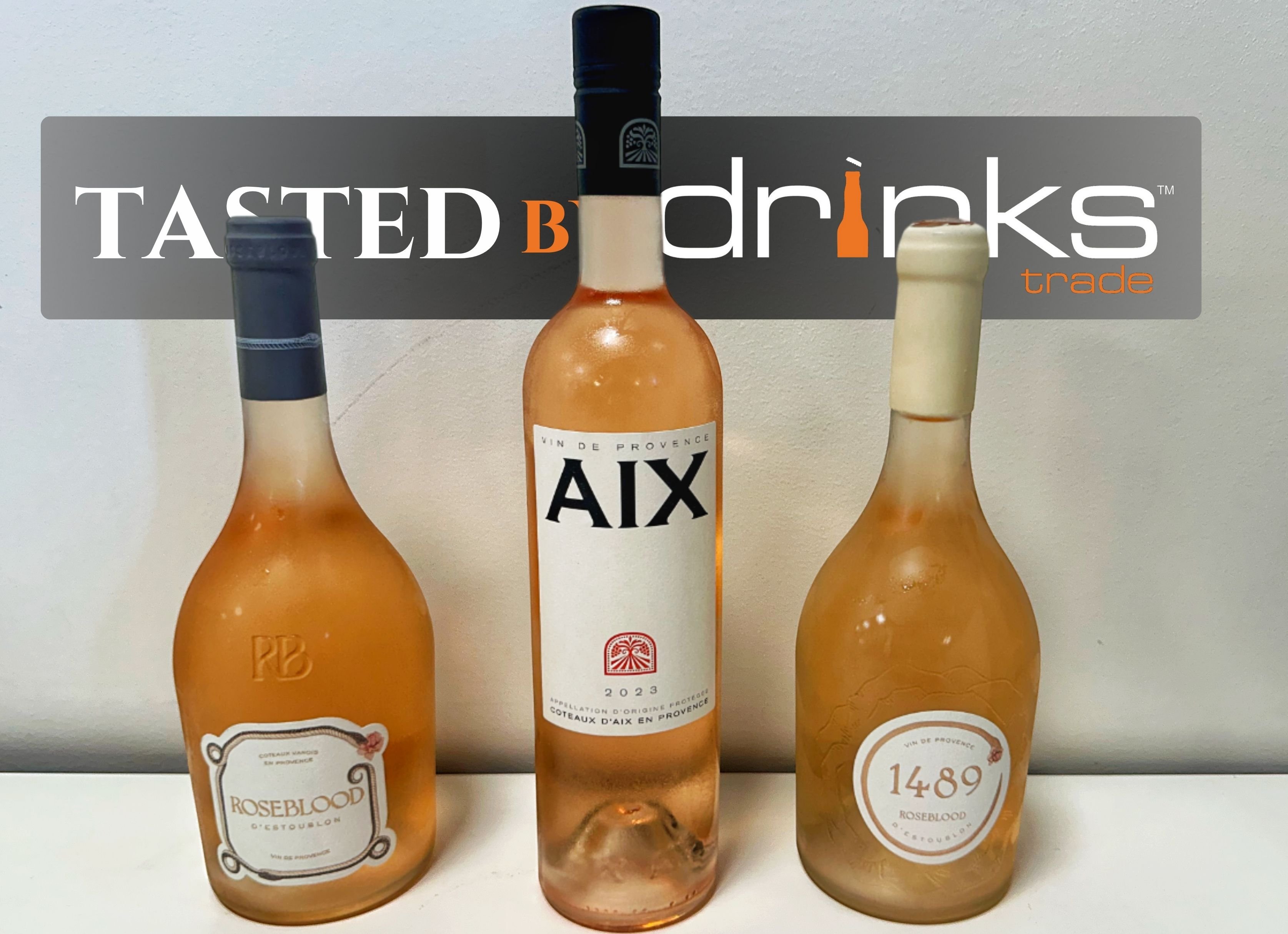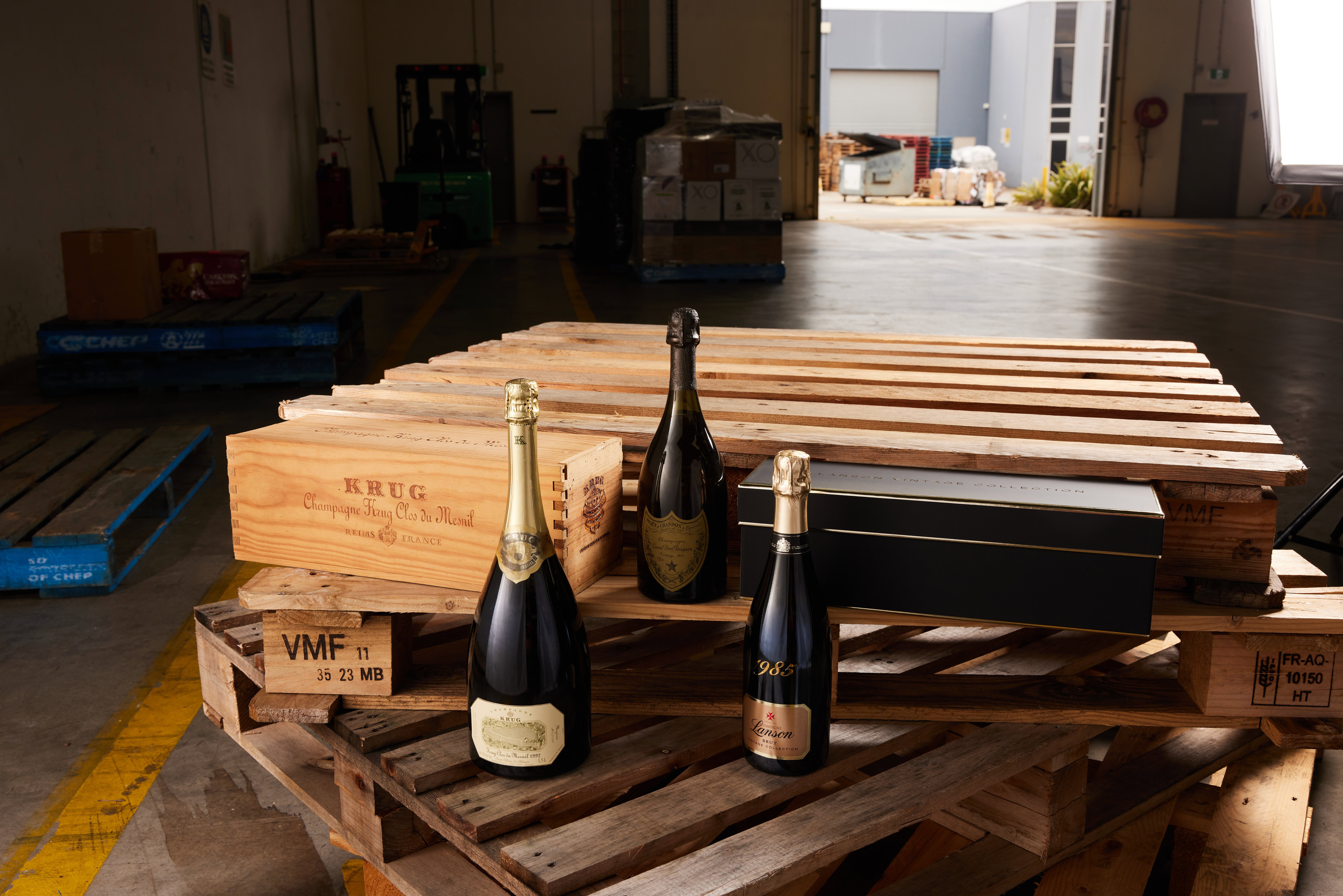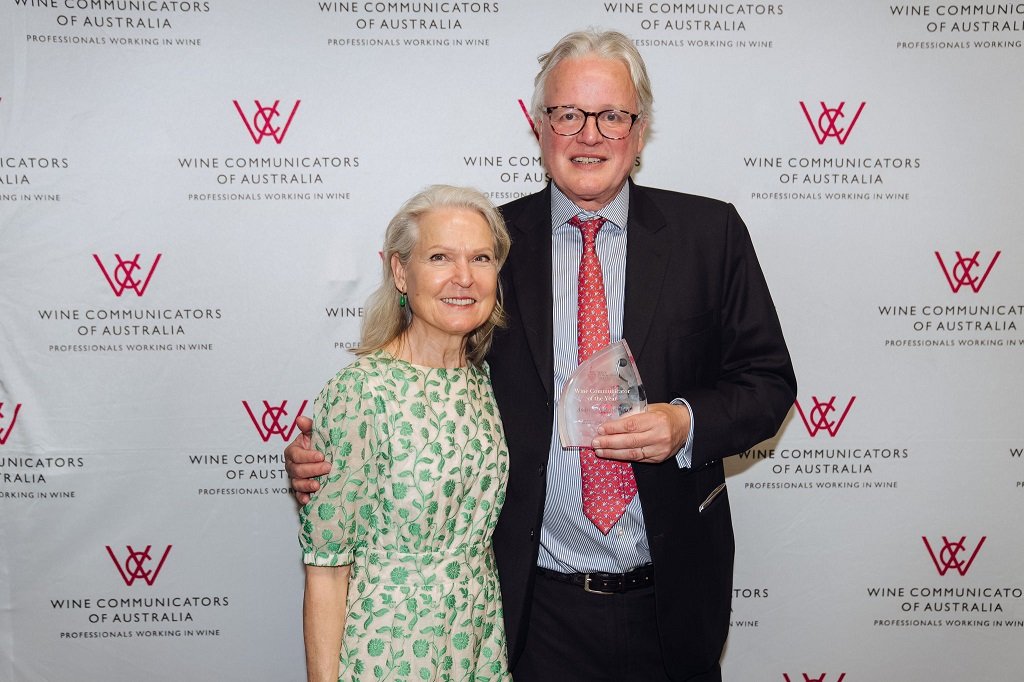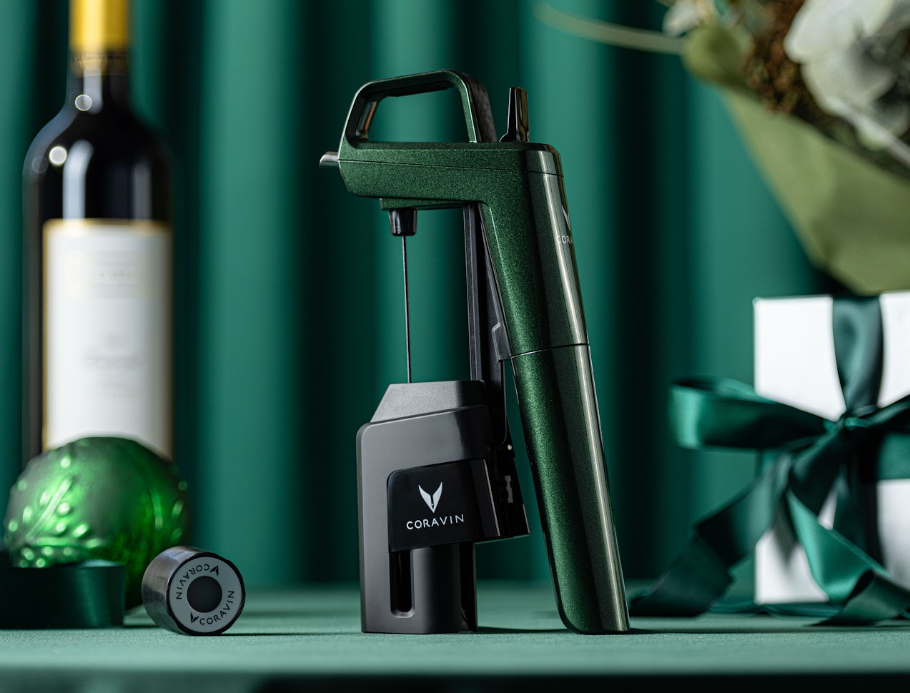Cellar door wine sales in Australia are booming as consumers seek more immersive experiences.
Wine Australia released the findings this week of its latest survey into direct-to-consumer (DTC) wine sales.
Sales through the channel reached an estimated $1 billion in 2018–19, driven by year-on-year value growth of 9% – the strongest among domestic wine sales channels.
DTC accounted for an estimated 17% of total Australian wine sales value, significantly over-indexing in value compared with its volume share of 3%, according to the Cellar Door and Direct-to-Consumer report 2019, published this week by Wine Australia.
Cellar door sales accounted for 53% of DTC revenue – up from 44% in 2018.
Analyst Sandy Hathaway told 3AW that wineries are tailoring their cellar doors to consumers.
“The number of wineries charging for wine tasting has really jumped this year, and that’s consistent with the prevailing wisdom that it’s much better to charge for a tasting,” Hathaway said.
“What the survey showed was that the cellar door is not just a counter where you get to try a free sample before you buy, it’s a whole complex and high value experience which is all about building the brand.”
Wine Australia CEO Andreas Clark said: "The survey indicates DTC is driving solid growth in revenue, particularly for Australia’s 1500 or more wine businesses that produce under 5000 cases.
"The growth of the channel is consistent with the wine sector’s increasing focus on premiumisation and value growth.
"We found that cellar door operations are becoming more diverse and high value. Most wineries are offering various food options, winery and vineyard tours, while many also have other facilities or services, such as galleries, accommodation and hosting weddings."
Wine conference backs up findings
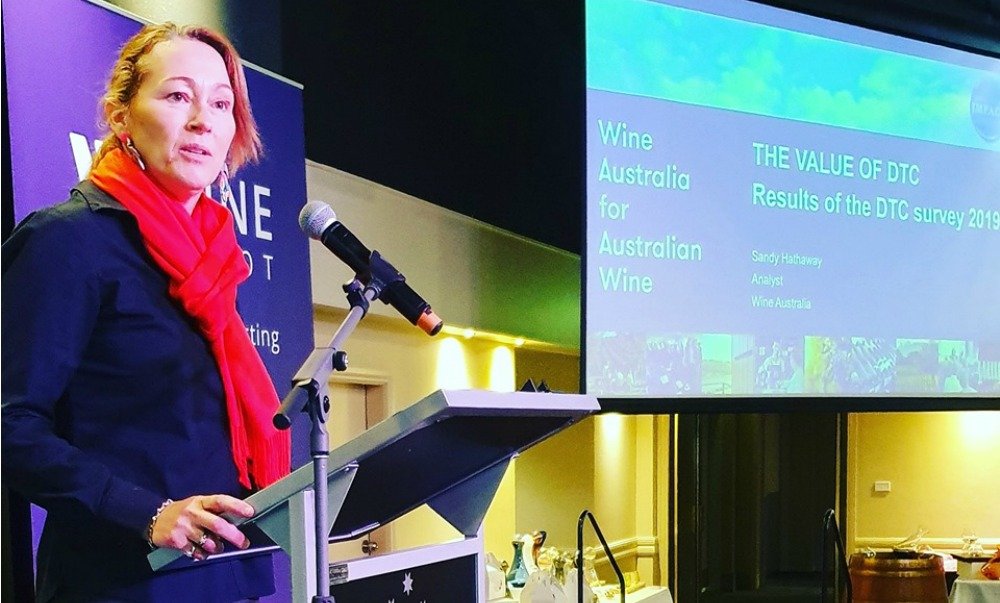
The results were also presented at the recent Wine Industry Suppliers Australia IMPACT Conference in Orange, NSW. The conference attracted 150 winemakers, marketers, writers and buyers from Australia and overseas to discuss how to make wineries profitable.
Chief executive of Wine Suppliers Industry Association Matthew Moate, said winemakers had to tell a story of the wine and their label.
"It's no longer good enough to make good wine, you need to create an experience," he said.
"If I'm going to spend money travelling out to a wine region, you're going to have to give me an experience to get more dollars out of my pocket."
Paul Hersbach, head of growth products at Australia Post, said: “Online retail conditions have softened in Australia in the last six months but the upward trend is still there. I would expect your industry, the wine industry, to follow this trend.”
Hersbach said the strongest growth for wine e-commerce sales domestically had occurred in Melbourne, Sydney and Brisbane. However, he noted that regional Australia has recorded significant growth as well, with locations such as Launceston in Tasmania and Toowoomba in Queensland having the highest individual rises in online wine sales in the country.
Australians more open to paid tastings
A big change since the survey was conducted last year was in the approach to wine tastings, with the proportion of wineries charging for wine tastings increasing from 29% to 52%, while the proportion reimbursing fees based on a purchase or wine club sign-up also decreased significantly – from 85% to 70%.
Growing Wine Tourism facilitator Robin Shaw of Wine Tourism Australia said: "Wine businesses are offering tasting experiences that have value in their own right that appeal to travellers – especially international visitors – who are seeking more immersive experiences.
"We are promoting this in the Growing Wine Tourism workshops that we are running for Wine Australia, because it offers wineries an opportunity to develop a new source of revenue, recoup the cost of tastings and provide offerings that distinguish them from other cellar doors."
Pictured main: De Bortoli cellar door
Share the content
